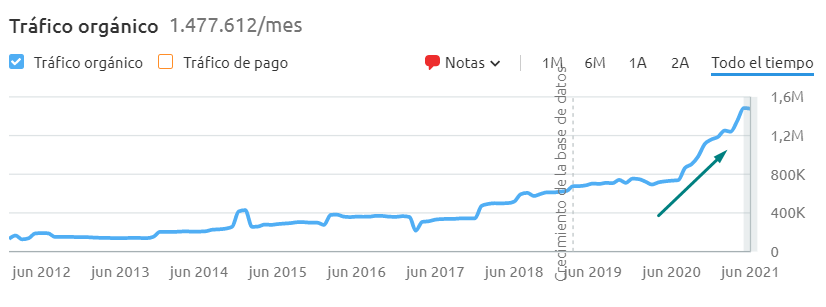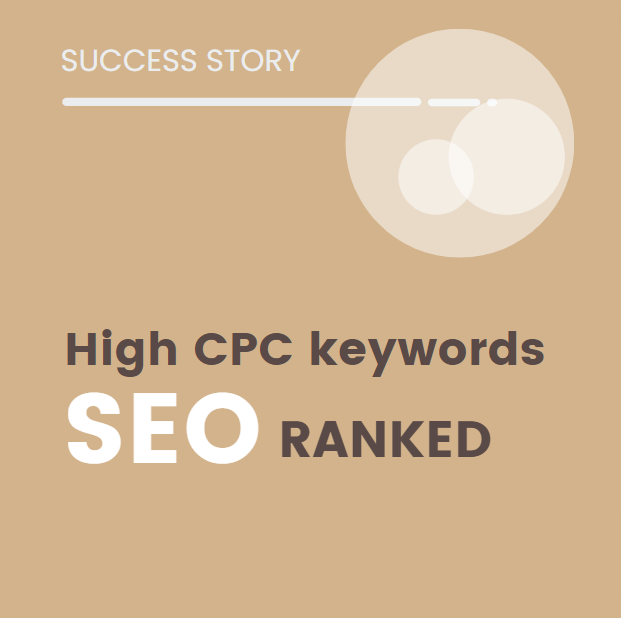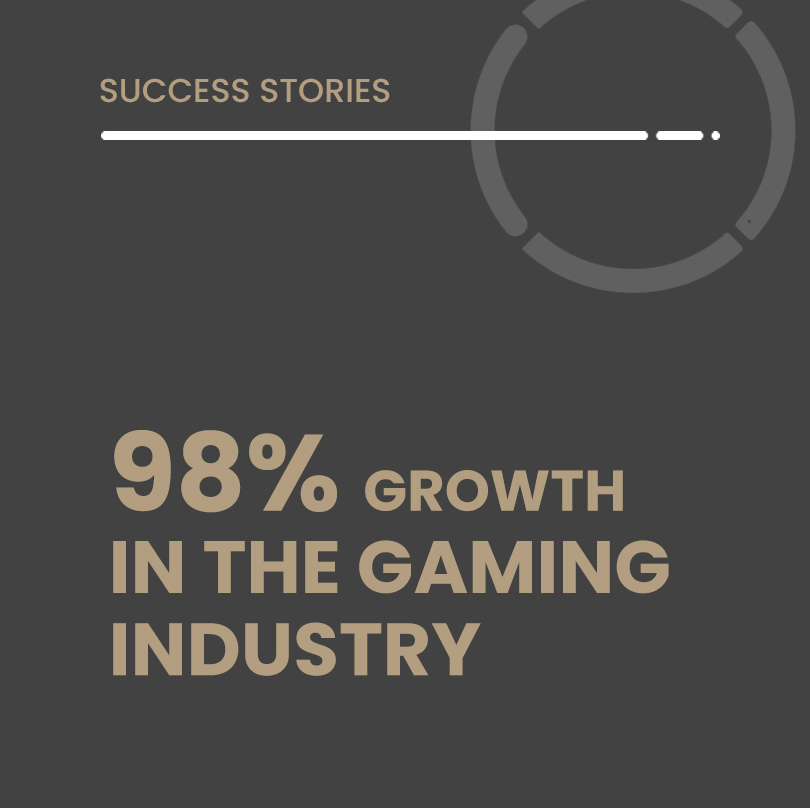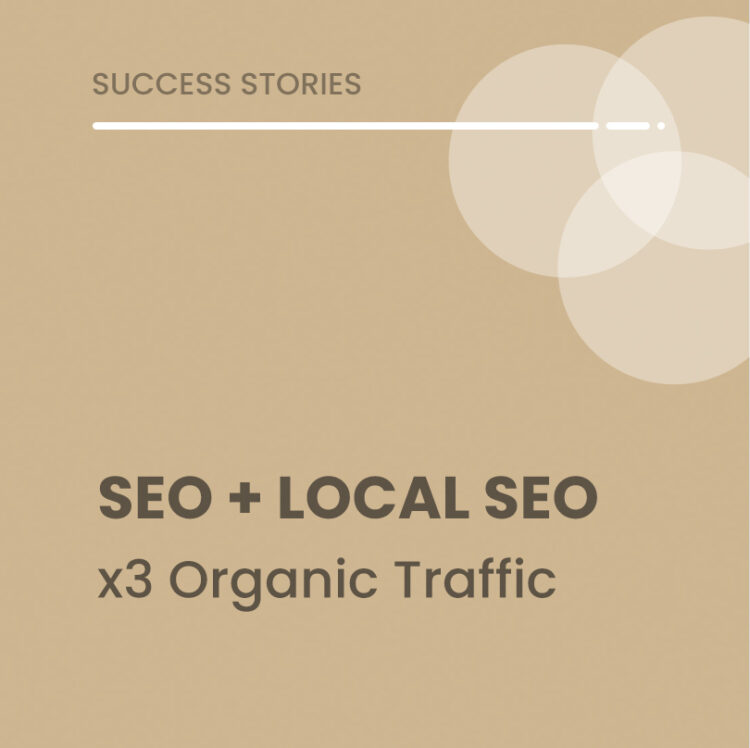Today we bring you a new success story that we are passionate about. An organic increase of up to 120% in 3 months after the migration and launch of the new website. The challenge was huge. A kind of online hardware store, but with many more aisles than a conventional hardware store. We are talking about up to 1,200 different categories and subcategories.
Let’s go back to the hardware store customer.
- Excuse me sir, I went to aisle 115, but I didn’t find any “self-tapping screws.” Can you tell me where they are, please?
- Yes, they were in aisle 117, sorry, it’s not well signposted, but we’ve already ordered a new sign for that section.
Key SEO performance factors in the Brico Dêpot SEO Success Story
The initial screenshots of the spectacular increase in organic traffic are the result. But what are the levers of change that allowed us to get there? CTR and average position. These act like a two-pedal bike going up a hill. CTR increases because average position increases. And average position increases because CTR increases. It’s hard to say exactly which pedal comes first. Like the question “What came first, the chicken or the egg?.” Regardless of which pedal comes first, it creates a “snowball” effect, setting in motion a mechanism that doesn’t stop unless what users find when they click is unsatisfactory. Or put another way, what users find when they click doesn’t satisfy their search intent.Arnau Vendrell
Head CRO and co-CEO of iSocialWeb. CMO of Growwer. Specialist in conversion optimization and Experiential Marketing.







